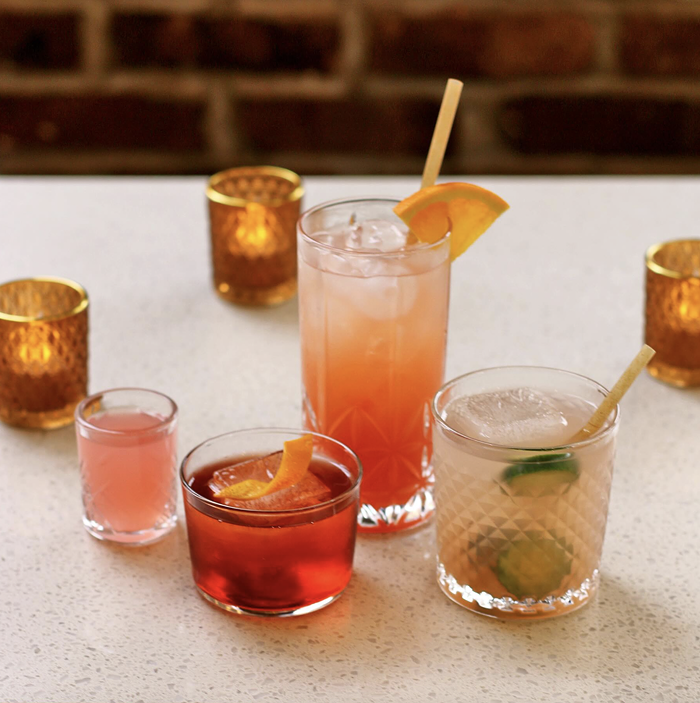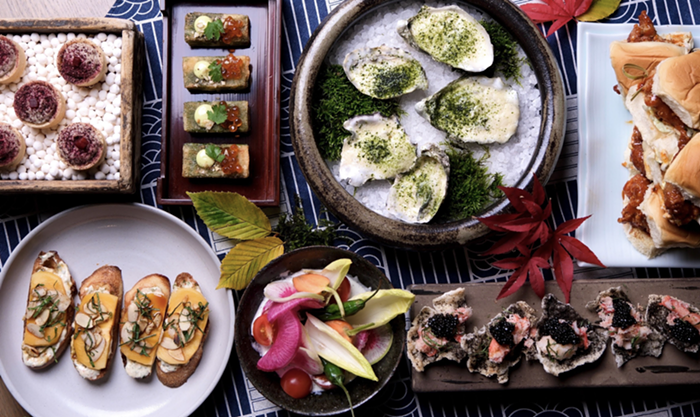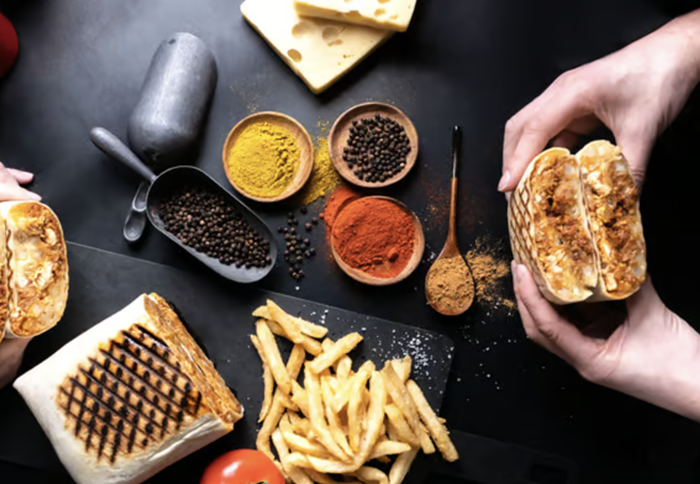Thierry Rautureau's Rover's or Jerry Traunfeld's The Herbal Kitchen? Not an easy decision. Both chefs have achieved a mastery of their art that is nearly total. The big kitchens in their restaurants (Rover's for Rautureau; the Herbfarm for Traunfeld) are tamed lions. The books by the chefs make this clear. These men mean business.
As for their cookbooks, both do what they are supposed to do: provide recipes for people who have the time to gather the ingredients and prepare the fancy dishes. The difference is this: Rautureau's book, which focuses on French foods, is essentially porn, while Traunfeld's book, a mix of American and Asian dishes, is essentially a textbook. Rautureau's book is packed with recipes for lush, voluptuous foods that increase the number of crystals in your blood stream—when these crystals settle in the joints, particularly the joints on the big toe, pain becomes the order of the day (yes, I'm talking about gout). Traunfeld's foods are herb heavy, good for the soul, kind to the heart.
But which cookbook is better? Between the two, I go for Rautureau's, because I prefer excess and splendor over wellness and moderation—which is precisely why I suffer from gout. Still, it must be said that Traunfeld's book is not 100 percent health conscious. One of the pictures on its cover shows a pitcher of sangria, and many of Traunfeld's recipes are for rich foods. But the photos of the dishes, by John Granen, have earthy tones, and the writing is packed with good information. "Umbel Jumble," writes Traunfeld, "...the mint, or Labiatae, claims the largest number of culinary herbs, but second is the parsley family, or Umbelliferae."
Such wholesome greenness takes the backseat in Rautureau's book, which has recipes for delights like frog legs, Kusshi oysters, and caviar sabayon. Here is a small, succulent sample: "Quail and Frisée: This dish is reminiscent of the classic salade Lyonnaise, in which frisée is tossed with crisp lardoons (bacon pieces) in a red wine vinaigrette and served with a poached egg on top. In place of the bacon, I use duck prosciutto, which I make at Rover's. Traditional prosciutto is made from the leg of the pig, so my duck version also uses the leg of the bird, leaving the delectable breast for other recipes."
Just reading this passage makes my gout-prone joints panic, but the pleasure of eating prosciutto made from the leg of a duck is worth all the pain it will bring to my big toe.



















